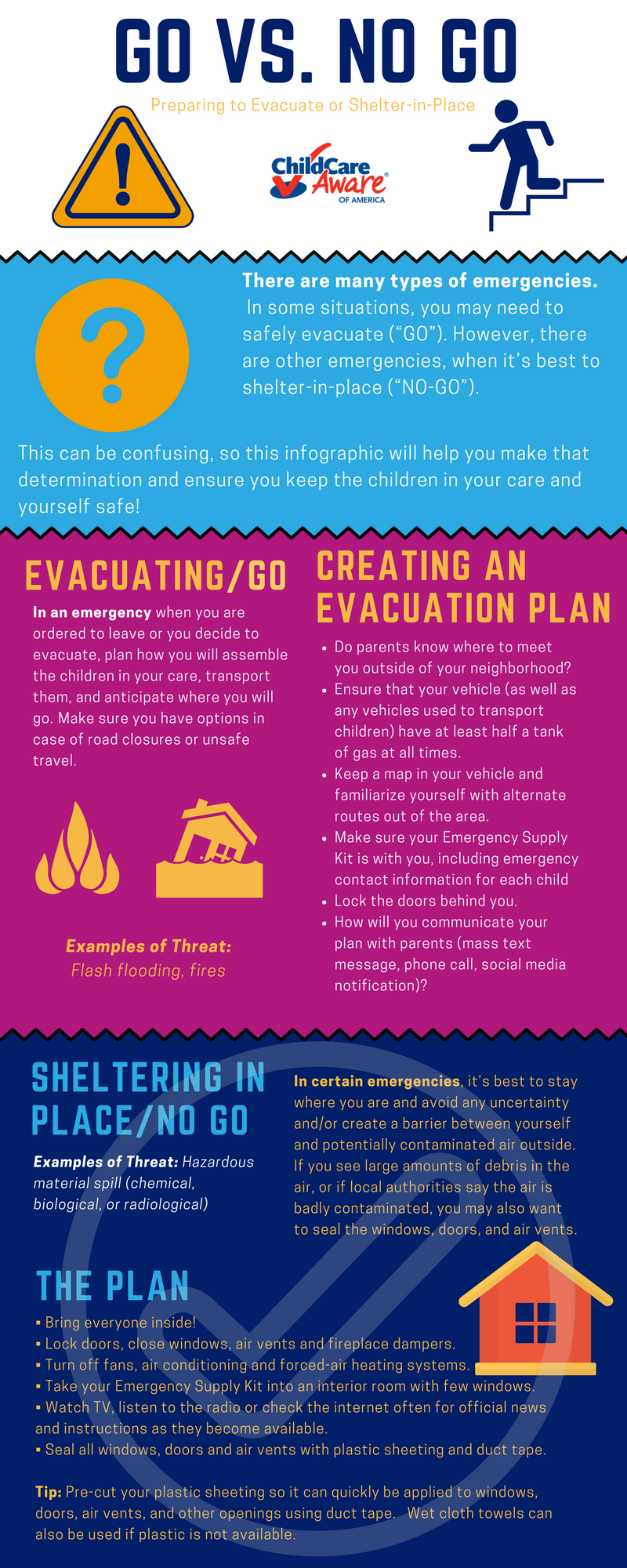Everyone agrees toddlers are cute—and they are! But if you are a childcare worker, a nursery volunteer, or have a toddler in child care, you need to know about cytomegalovirus (CMV).
What is CMV?
The month of June is National Cytomegalovirus Awareness Month. CMV, or cytomegalovirus (sī-to-MEG-a-lo-vī-rus), is a common virus, according to CongenitalCMV.org. Between 50-80% of adults in the U.S. are infected with CMV by age 40. CMV is also the leading birth defects virus passed from mother to unborn baby. Congenital (meaning present at birth) CMV can cause disabilities in unborn babies such as hearing loss, mental impairment, and cerebral palsy.
The Problem
CMV can cause birth defects if a woman contracts the virus when she is pregnant, according to the Centers for Disease Control (CDC). The CDC said that people who care for or work closely with young children may be at greater risk of CMV infection than other people because CMV infection is common among young children. Toddlers quickly spread infections by putting each other’s toys in their mouths, sharing cups and utensils, and needing adults to wipe their noses, feed them, and change their diapers.
- Between 8- 20% of child care providers contract CMV infection every year.
- Mothers of children in daycare are also at increased risk for contracting CMV, according to Increased Rate of Cytomegalovirus Infection among Parents of Children Attending Day-Care Centers.
The American Academy of Pediatrics (AAP) states: "Spread of CMV from an asymptomatic infected child in child care to his or her mother or to child care providers is the most important consequence of child care-related CMV infection."
Diligence Required
Pregnant child care givers need to be extra diligent about sanitizing surfaces used by toddlers and washing their hands after direct contact with a toddler's bodily fluids. Assume ALL toddlers are shedding CMV because between 44% to 100% of toddlers were shedding the virus in the study. Toddlers can shed CMV for many months in their saliva, urine and other bodily fluids.
What Should You Do?
The AAP co-authored “Caring for Our Children,” including Staff Education and Policies on Cytomegalovirus (CMV), which states child care workers of childbearing age should be informed about their increased probability of exposure to CMV and:
- Hygiene measures (especially handwashing and avoiding contact with urine, saliva, and nasal secretions) aimed at reducing acquisition of CMV;
- The availability of counseling and testing for serum antibody to CMV to determine the caregiver/teacher’s immune status...
CMV Prevention Resources
The Congenital CMV Disease Research Clinic and Registry provides resources to share with women of childbearing age. In addition, the National CMV Foundation features CMV prevention flyers. Utah, the first state to pass a law requiring child care providers are informed about CMV (2013), provides this brochure for childcare providers. “Caring for Our Children” has several articles on sanitizing hands and surfaces in child care centers.
Only 18.5% of licensed “in-home” child care providers have heard of CMV according to a 2016 study. In addition, providers often do not know how to appropriately sanitize surfaces to reduce spread of disease. For example, many providers use diaper wipes to clean a surface. Although the surface may look clean, diaper wipes do not sanitize it. Intervening with child care providers and parents through child care facilities are key opportunities to reduce prevalence of CMV infection and other diseases.
Resources for Training Child Care Workers
Agencies to Contact:
- Your state’s child care licensing department,
- Occupational Safety and Health Administration(OSHA) to see what they can do to help,
- Your local universities may have occupational medicine programs, and;
- Child Care Aware® of America has emergency preparedness resources available.







